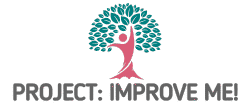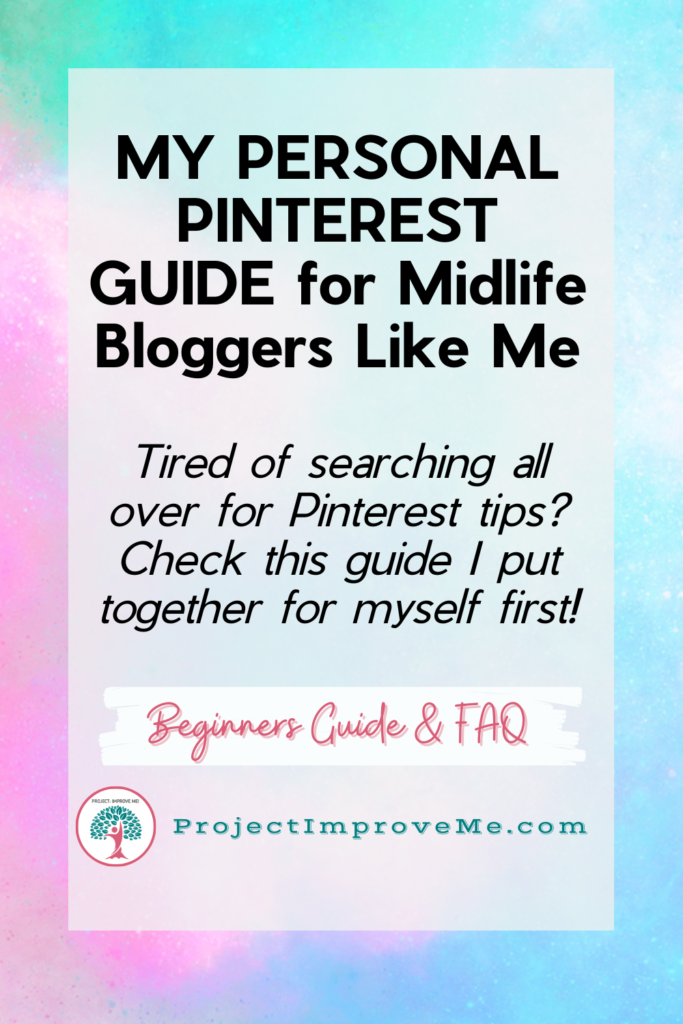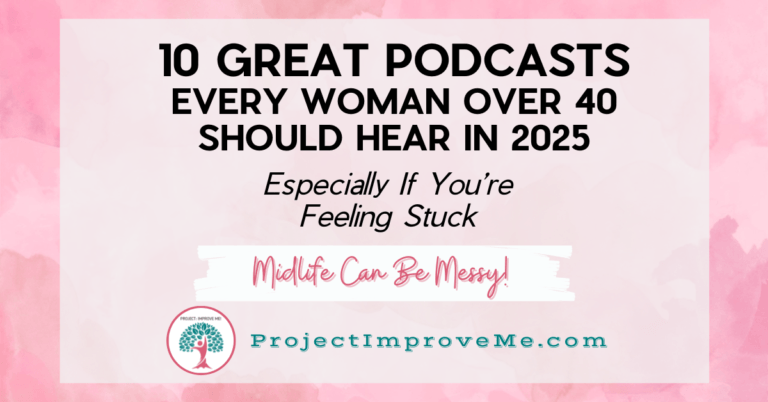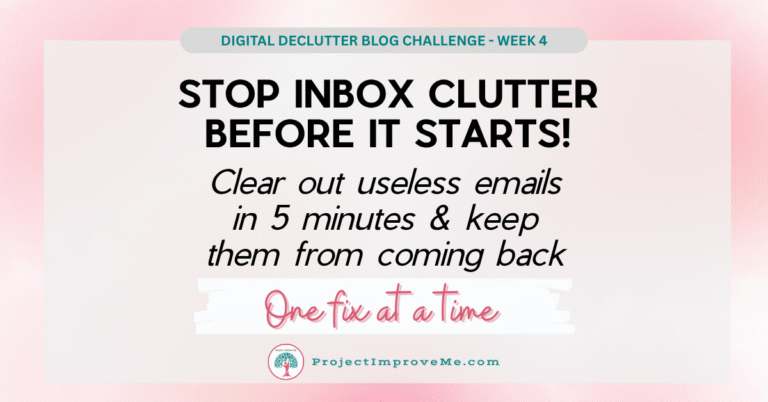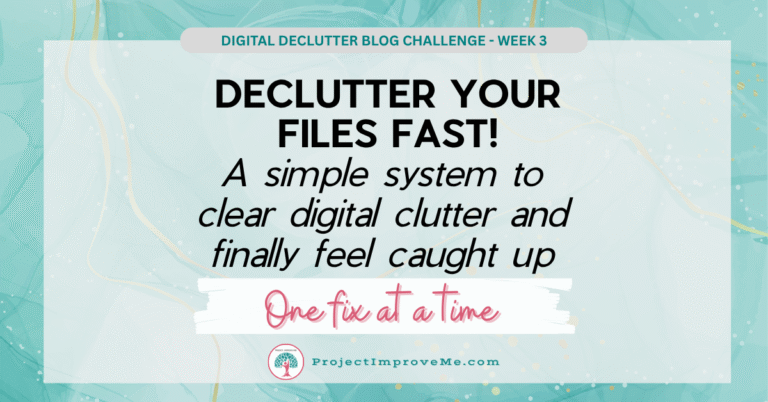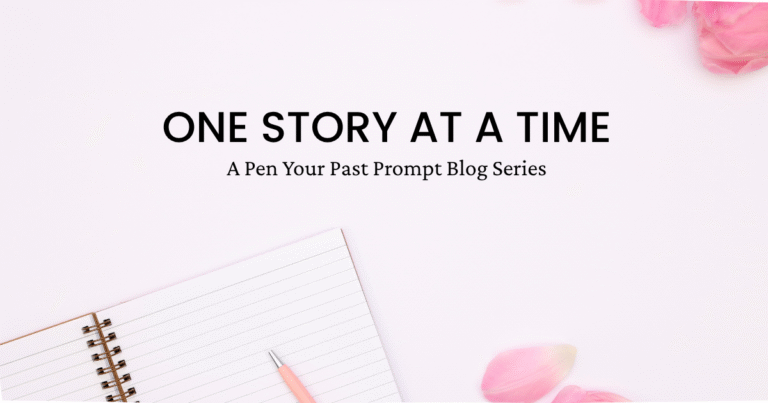Grow your blog, build your brand, and earn income—without social media burnout.
Why I Created This Guide (And Who It’s For)
When I first started using Pinterest to grow my blog, I found myself bouncing between tabs, piecing together advice from marketing experts who didn’t look—or think—anything like me.
Most tutorials were written for 22-year-old influencers or six-figure coaches with a team behind them. I wanted something different: a guide made for real women building something in midlife—on their own terms.
So that’s what I created.
This isn’t a crash course in becoming “Pinterest famous.” It’s a down-to-earth guide to help you get seen, grow traffic, and build income—whether you’re a blogger, a coach, a writer, or just getting started.
And it’s built specifically for midlife creators and business owners who want a platform that works for them, not another social media time suck that leaves you feeling behind.
🗓️ Quick Note:
This post reflects Pinterest’s best practices and strategy recommendations as of early 2025. Since Pinterest updates frequently, what works now may evolve over time—especially around scheduling, repinning, and algorithm rules.
💚 I’ll update this if anything major changes, but the core strategy here will give you a solid, simple foundation. For updates straight from Pinterest, check out the Pinterest Business Blog.
What You’ll Learn in This Guide
- How Pinterest really works (and why it’s not like social media at all)
- What to post, when to post, and how to get your content seen
- How to create scroll-stopping Pins—even if you’re not a designer
- My best beginner tips for setting up your account with strategy
- Why Pinterest can be a powerful tool for monetizing your blog or side hustle
Whether you’re looking to grow your blog traffic, offer services, promote your freebie, or even learn Pinterest well enough to become a VA or manager—it all starts with the steps I’m about to show you.
Get comfy, this “little” guide got a little longer than I expected! If you’re looking for something specific, you can use the table of contents and/or check out the FAQ section at the very bottom. I hope you enjoy and it helps!!! 💚Kari
How Pinterest Actually Works
It’s not social media—it’s a powerful search engine with a visual twist.
If you’ve ever felt like Pinterest is just recipes, dream kitchens, and wedding inspo—you’re not wrong. But that’s just the surface.
What most people don’t realize is that Pinterest is less like Instagram and more like Google—a search engine where people are looking for answers, ideas, and inspiration. And unlike social platforms where your content disappears in hours, Pinterest content can drive traffic for months or even years.
That’s huge when you’re running a blog or business solo and don’t want to be chained to an algorithm.
Pinterest Is About Discovery
People come to Pinterest when they’re looking for something—whether it’s “debt payoff plan,” “budgeting tips for single women,” “healthy midlife meals,” or “how to grow blog traffic.”
This means your content can show up when the right person is searching—even if they’ve never heard of you.
Pinterest helps your audience find you, not just follow you.
Pinterest Is Evergreen
Unlike social posts that fade fast, Pins stick around. A well-optimized Pin can continue sending people to your site 6–12 months later (sometimes longer!).
That makes Pinterest one of the best platforms for solo creators who want a sustainable way to build visibility without daily posting or burnout.
Pinterest Prioritizes Keywords, Not Popularity
The Pinterest algorithm doesn’t care if you’re an influencer or if you’re brand-new. It cares about:
📌 What your Pin is about (keywords, title, description)
📂 Where your Pin lives (your boards + blog content)
⏳ How helpful or consistent your content is over time
You don’t need a massive following—you need a clear strategy, searchable content, and a few consistent habits.
🧍♀️ Solo Tip: Pinterest works in the background while you focus on other parts of your blog or biz. It’s a long game—but one that compounds beautifully when you treat it like a search engine, not a social feed.
Next, let’s break down the key building blocks—Boards, Pins, and Keywords—so you can start with a solid foundation.
🧰 Why This Matters If You Want to Earn Side Income
Pinterest can be so much more than a traffic booster—it can be a stepping stone to real income.
Whether you’re growing a blog, selling a digital product, offering services, or even thinking about becoming a Pinterest VA, this platform helps you get found. No dancing, no pressure to “go viral”—just smart, searchable content that works quietly in the background.
If you want your blog to be more than a hobby, Pinterest is a powerful tool in your income stack.
Boards, Pins & Keywords: The Core of Pinterest Strategy
This is where the magic happens.
Pinterest may seem visual on the surface, but behind every successful Pin is a smart structure—and it all starts with these three things:
📂 Boards: Think of Them Like Pinterest “Folders”
Your boards are how you organize content for Pinterest and how Pinterest understands what your Pins are about.
You’ll want to:
- Create 10–15 boards that match your blog’s core categories
- Make sure board titles are clear and searchable (ex: “Budgeting for Single Women,” not “Money Stuff 💸”)
- Write keyword-rich descriptions for each board—just a few sentences that describe what the board is about
🧍♀️ Solo Tip: Start with your blog’s categories. If you write about money, lifestyle, and organization, your boards should reflect that—Pinterest rewards clarity.
📌 Pins: The Visual Content That Gets Clicked
Your Pins are what people actually see and engage with on Pinterest. Think of them like little digital flyers that grab attention, spark curiosity, and send people to your blog, freebie, or offer.
Each blog post, freebie, or product should have at least 2–3 fresh Pins—these can be variations in color, image, or headline, all pointing to the same link.
When creating a Pin, focus on:
✅ A scroll-stopping vertical image (2:3 ratio – 1000×1500 px is ideal)
✅ A clear, benefit-driven headline on the image itself
✅ A keyword-rich title (what it’s about + who it’s for)
✅ A helpful, conversational description that includes related keywords and a call to action (like “click to read more” or “grab the free guide”)
📍 Pinterest rewards variety. Even if you’re linking to the same blog post, changing up your design or wording makes it a “fresh Pin”—which Pinterest loves.
🧍♀️ Solo Tip: Not a designer? No problem. Canva has tons of free Pinterest templates. Pick a few that match your brand and reuse them with small tweaks. See what I created using my brand colors in my post 17 Pinterest Types and Examples.
🎨 Pin Design Basics: Make Them Click-Worthy
You don’t need to be a designer to make beautiful Pins—just follow a few simple rules.
The goal of a Pin is simple: grab attention + spark action.
You’re not trying to win design awards—you just want someone scrolling through Pinterest to pause and think, “That’s exactly what I need.”
💡 What Makes a Great Pin?
Here’s what your Pins should include:
🖼️ Vertical format (2:3 ratio – ex: 1000×1500 px)
✍️ Clear headline that tells the benefit, not just the topic
🎨 Brand colors and fonts for consistency
👀 Readable text—big, bold, and easy to see on mobile
🚫 No clutter! Keep it clean, simple, and focused on one message
🧍♀️ Solo Tip: Always ask yourself: Would I click this? If not, tweak it!
🧰 Design Tools I Recommend
- Canva (Free + Pro) – User-friendly, with ready-to-go Pinterest templates
- Styled Stock Photos – Use photos that reflect your brand, values, and vibe (check PIM’s favorites for stock image tips coming soon!)
- Your own blog photos – If you take your own, even better for authenticity
🔁 Keep It Simple & Repeatable
You don’t need a new design for every Pin. Instead:
- Create 3–5 branded templates in Canva
- Swap out the titles, images, or colors each time you post
- Save time while still keeping Pinterest happy with “fresh” Pins
💬 Remember: done is better than perfect. What matters most is that your Pin is clear, helpful, and clickable.
Next up, we’ll talk about how to create a consistent Pinterest workflow without spending hours a week on it. Scheduling tools, strategy, and how to make Pinterest fit into your life—not take it over.
💬 Why Pinterest Works Even If You’re Not a Designer
You don’t need fancy tools or a background in marketing to succeed on Pinterest.
Most people on the platform are just like you—real women searching for real-life solutions. That means clarity, consistency, and value will take you way farther than trendy fonts or flashy graphics.
Focus on your message. The rest will follow.
📅 Pinterest Strategy & Scheduling
Consistency is key—but you don’t need to post every day to win on Pinterest.
Once your account is set up and you’ve got some Pins ready to go, the next step is creating a rhythm that works for you. Pinterest rewards consistent activity—but that doesn’t mean you need to be on the platform every day.
⏱️ How Often Should You Pin?
There’s no magic number, but here’s a good place to start:
📌 3–5 Pins per day is plenty for beginners
🆕 Focus on “fresh” Pins—new images, headlines, or layouts
🔁 It’s okay to repin your own content to multiple relevant boards
🧍♀️ Solo Tip: You don’t need 50 boards or 25 daily Pins. Start small, stay consistent, and build as you go.
🔄 Manual Pinning vs. Scheduling Tools
You can Pin manually through Pinterest itself, or use a tool to schedule Pins in advance.
Here are two solid options:
- Pinterest Native Scheduler – Free, built into Pinterest (lets you schedule up to 2 weeks in advance)
- Tailwind – A popular Pinterest-approved scheduler with smart automation features, board lists, and performance tracking
🧠 Choose whatever feels easiest to maintain. Pinterest rewards consistency your way—not someone else’s perfect system.
🎯 Focus on Smart, Not Constant
Rather than worrying about how much you’re Pinning, focus on:
- Making great Pins for your best content
- Using strong keywords in titles and descriptions
- Pinning to relevant boards, not just any board
- Staying consistent, even if it’s just a few times per week
💬 You don’t need to be everywhere. You just need to show up, be helpful, and stick with it.
💖 Why Pinterest Is Perfect for Midlife Bloggers
You don’t need to master TikTok or chase the next viral video. Pinterest gives you a quiet, powerful way to grow—on your own schedule.
It works while you sleep, it respects your time, and it rewards wisdom, clarity, and consistency over flash and trendiness.
This platform was made for women like you—focused, creative, and ready to share what really matters.
📈 Using Pinterest to Support Your Blog or Side Hustle
More visibility. More readers. More income opportunities.
Pinterest isn’t just about getting people to your website—it’s about getting the right people to the right content at the right time. That’s the secret to turning traffic into growth.
Here’s how Pinterest can support what you’re building:
💻 Grow Your Blog Readership
Each Pin links directly to your content—so more people land on your blog, read your posts, and join your email list.
This works especially well for:
- Tutorials & how-tos
- List posts
- Printables, freebies, or downloads
- Evergreen content (that isn’t time-sensitive)
🧍♀️ Solo Tip: Update your top posts with new Pins every few months to keep your traffic fresh without rewriting your content.
💼 Promote Your Products or Services
If you’re selling something—whether it’s a digital download, course, coaching, or a product—you can create Pins that lead directly to:
- Sales pages
- Lead magnets
- Contact forms
- Your shop or services menu
Pinterest users are in search mode, which means they’re often looking for solutions and ready to click.
💸 Build a Path to Income
Even if you’re just getting started, Pinterest helps set the foundation for:
- Ad income (more traffic = more pageviews)
- Affiliate income (link to helpful blog content with affiliate recs)
- Pinterest services (Once you learn it for yourself, you can offer help to others!)
If your blog or brand is part of a bigger dream—to earn side income, to work for yourself, to grow something meaningful—Pinterest is one of the best tools in your stack.
💬 Final Thoughts: Start Simple. Stay Consistent.
You don’t need to do everything at once.
You don’t need to be an expert.
And you definitely don’t need to be 25 and trend-chasing to grow something powerful on Pinterest.
You just need to:
- Know what your audience is looking for
- Create content that truly helps
- Show up consistently, one Pin at a time
✅ Let’s Recap What You’ve Learned
- Pinterest is a visual search engine—not social media
- Your Boards, Pins, and Keywords are the foundation
- You don’t need to post every day, but you do need a system
- You can use Pinterest to grow your blog, build a business, or even launch a service-based side hustle
🚀 You’re Ready—Here’s What to Do Next
- Set up or clean up your Pinterest profile
- Create 10–15 clear, niche-aligned boards
- Start Pinning your blog content using simple templates
- Track what’s working—and keep going
- Bookmark this guide (and revisit when you need a boost!)
🧍♀️ Solo Tip: You’re allowed to take this one step at a time. Even one great Pin can create a ripple effect for your blog or business.
🎯 Want help staying consistent?
Join the PIM Squad for weekly tips, tools & encouragement—including Pinterest checklists and creative prompts to keep your ideas flowing. (Sign-up is in the sidebar 👉)
PIM Community Question:
What’s your biggest challenge (or question) when it comes to using Pinterest for your blog or business?
Drop it in the comments—I’d love to hear how you’re using Pinterest (or what’s been holding you back). You’re not alone in figuring it out!
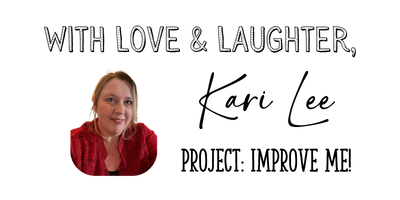
📌 Quick FAQs – Pinterest for Midlife Bloggers & Business Owners
💬 Not ready to read the whole guide right now? Looking for a fast answer to something specific? This section’s for you.
I’ve gathered the most common questions I see from fellow bloggers, business owners, and women just starting out with Pinterest—especially those navigating midlife, new tech, or late-career pivots.
Bookmark this list and come back whenever you need a quick win or confidence boost!
❓ Do I need a Pinterest business account?
Yes—and it’s free! A business account gives you access to analytics, rich pins, and more visibility (no tech skills required to set it up).
❓ I don’t have a blog yet. Can I still use Pinterest?
Absolutely. You can Pin content that leads to landing pages, email opt-ins, digital products, Etsy shops, or even service offerings.
❓ How long does it take to get traffic from Pinterest?
Pinterest is a slow burn. You might see traction in 1–3 months with consistent, well-optimized content—but it’s worth the wait because Pins keep working long after you post them.
❓ Do I have to post on Pinterest every day?
Nope! You don’t need to be on Pinterest daily—especially not manually.
Aim for 3–5 Pins per day, but the key is consistency over time. You can batch and schedule your Pins weekly using tools like Tailwind or Pinterest’s built-in scheduler.
Even 3–5 Pins a few days a week can work well if you’re strategic and consistent.
❓ What if I don’t have a product or offer yet?
No problem. Start by Pinning blog posts, helpful free content, affiliate tips, or curated ideas your audience will love. Build trust first—income can follow later.
❓ I’m not a graphic designer. How do I make good Pins?
Use Canva—it’s free and beginner-friendly. Start with a few simple templates, then reuse and update them to stay “fresh” without starting from scratch each time. This is what I did in my post: 17 Pin Type Examples.
❓ Can Pinterest really help me make money?
Yes—but often indirectly. Pinterest can drive blog traffic that helps you earn through ads, affiliate links, product sales, or client inquiries. It’s a visibility builder, not a cash register.
❓ Could I become a Pinterest VA or manager?
Totally! Once you understand how to set up boards, create Pins, and use keywords, you can offer Pinterest services to bloggers or small business owners who don’t want to DIY.
📌 Still have a question I didn’t answer? Drop it in the comments or Ask Tilly—our friendly money-minded turtle knows a thing or two about visibility, too.
